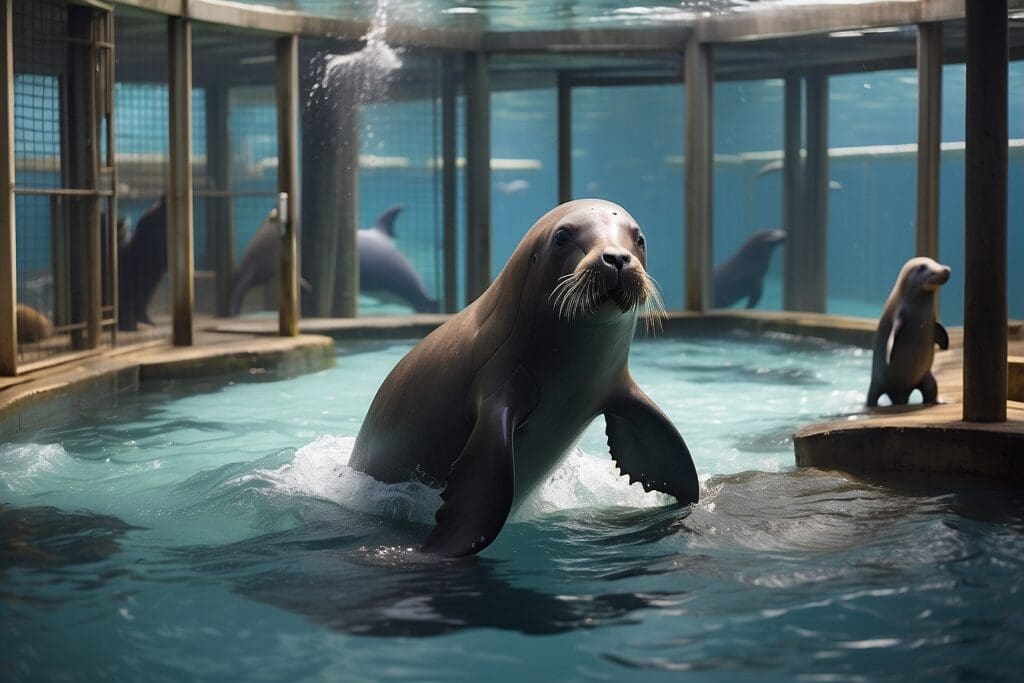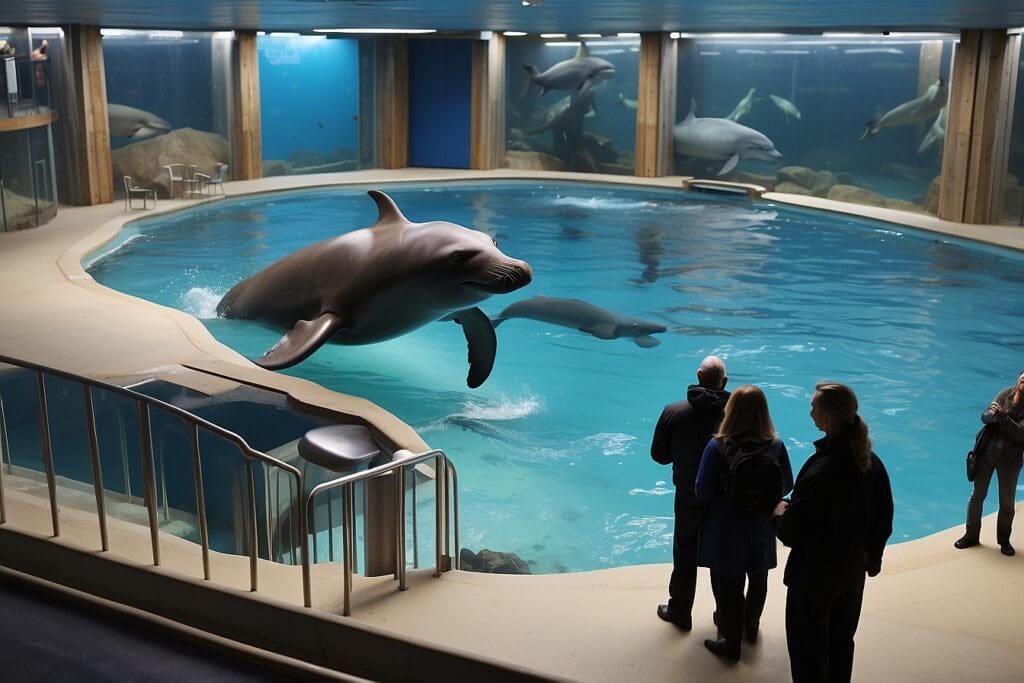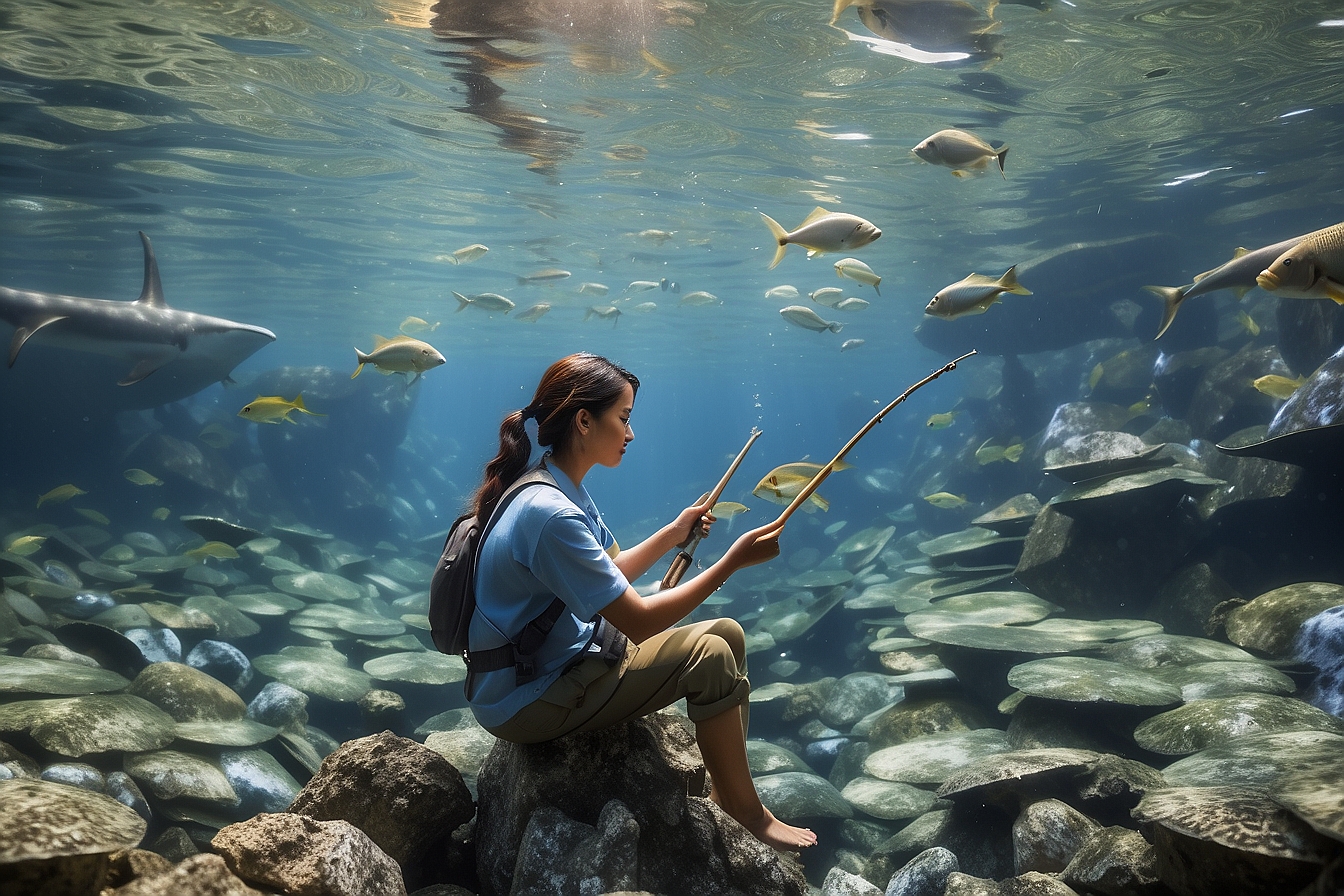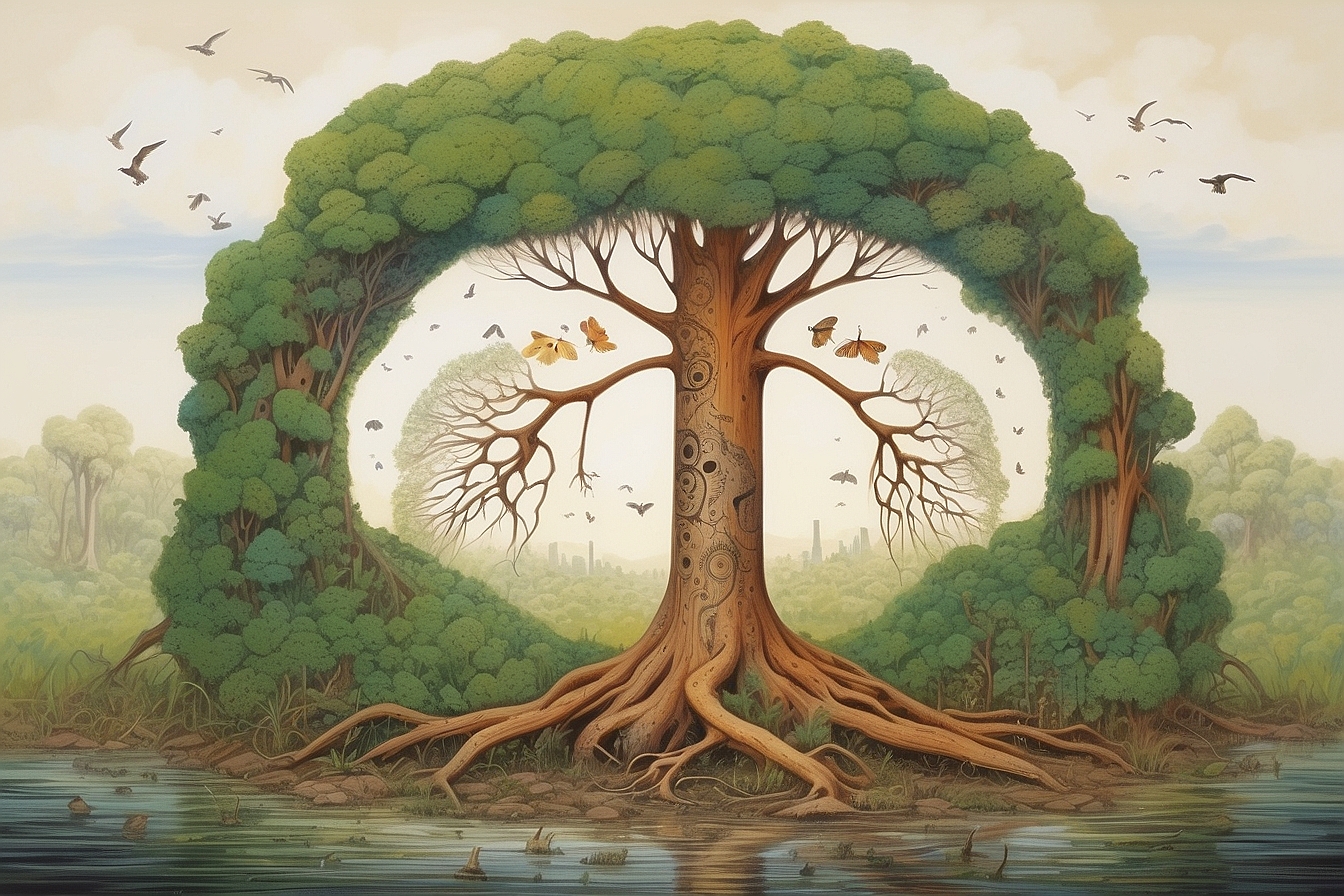It perhaps should sound crazy, but killer whales, i.e.”Shamu,” became popular amusement attractions in the 1960s.1 In 2013, Gabriela Cowperthwaite’s documentary “Blackfish” exposed SeaWorld’s troubling treatment of orca whales to the world. The film examines the life of Tilikum, a male orca whale, and the possible causes for why Tilikum is responsible for the deaths of three people. Since orca whales are designed to be highly social animals that live in the open ocean, CNN anchor Jane Velez-Mitchell points out, “If you were in a bathtub for 25 years, don’t you think you’d get a little psychotic?”2 Since the release of “Blackfish,” marine mammal attraction parks and marine mammal tourism in general have been increasingly in question.
https://web.archive.org/web/20160404090748if_/https://www.youtube.com/embed/fLOeH-Oq_1Yi
Marine Mammals Tourism and Its Impacts

In 1895, Paul Boyton built Sea Lion Park on Coney Island, which consisted of a small number of rides and a live sea lion show, which drew large crowds.3 While the park closed in 1903, it was the predecessor for the marine mammal attraction parks that would come later in the 20th century.4 In 1938, Marine Studios, another marine mammal park, which were then called oceanariums, opened in Florida.5 In 1961, the Marinelands of the Pacific, an oceanarium outside of Los Angeles, captured the first live orca whale off the shore of Newport Beach. However, two days later the orca died in a scene that many would call suicide.6 A depressing story to say the least. Then came the Vancouver Aquarium, which held a live orca whale in captivity named Moby Doll, but this orca only survived three months due to a harpoon wound from her capture and the lack of knowledge at the time of what conditions orca whales needed to survive.7 The infamous SeaWorld was not founded until 1964 and did not initially have orca whales, which would soon become their most popular attraction.8
John Hargrove, a former SeaWorld orca trainer, said of his desire to train orcas, “I wanted to do it since I was six, when I first saw a Shamu show in Florida, in 1980. I remember being so seduced by the whole environment.” However, Hargrove is now an advocate against marine mammal attraction parks.9 While wild orcas can live up to 60 years (male) and 90 years (female), the average age of captive-born orcas is staggeringly low at only 4.5 years.10 Long-distance swimming – orcas can swim up to 100 miles per day – is an important component of a healthy orca’s life, as well as being with their pod. Marine mammal attraction parks cause orcas to often be separated from their pod, as well as limit them in small tanks.11
Swim-with-the-dolphin (SWTD) programs are another incredibly popular form of marine mammal tourism. The United States Department of Commerce’s National Marine Fisheries Service estimated that in 1990, over 40,000 people in the U.S. swam with captive dolphins. This number has on ly increased over the past 15 years. SWTD programs have also exploded in tourist destinations within the Caribbean and South America.12
There are two types of SWTD programs—captive and wild—and unfortunately, both present problems. Captive dolphins in small enclosures are deprived of long-distance swimming. Many tanks are also too shallow; wild dolphins only spend about 10-20% of their time at the surface.13 For wild SWTD programs, the logistics of getting humans into the dolphins’ habitat itself is detrimental. These programs often use motorboats to get to the dolphins’ location; there have been many instances when motorboat blades accidentally wound dolphins swimming near the surface or noise pollution from the motor drowns out the dolphins’ communications to one another.14
Looking to the Future
While the two types of marine mammal tourism discussed above have been proven to be unsafe for marine mammals, these practices are not safe for humans either. Even for the trainers that have close relationships with the animals, marine mammals are still unpredictable beings. Hargrove believes that the best solution for places such as SeaWorld would be to discontinue their breeding program and move their captive orcas to sea sanctuaries, much like Ringling Brothers Circus has done with their elephants.15,16
 ii
ii
However, SeaWorld has taken a combative stance to its objectors. In 2014, it announced that it would be opening a state-of-the-art orca whale environment, which is not an encouraging sign that it will soon be ending its orca program. The shift in public opinion about these types of attractions, however, is encouraging. The National Aquarium in Baltimore CEO, John Racanelli, stated, “Baby boomers grew up on Flipper, but millennials grew up on Free Willy and The Cove. They are interested in these animals being treated more humanely.” Last year, Southwest Airlines even ended its 25-year-long partnership with SeaWorld. Tim Zimmerman, co-writer and associate producer of Blackfish, stated, “The role the travel industry has is huge. These are businesses. If they’re not selling tickets and not making money then maybe they’ll move away from dolphin shows and go more towards other forms of entertainment that everyone feels OK about.”17





